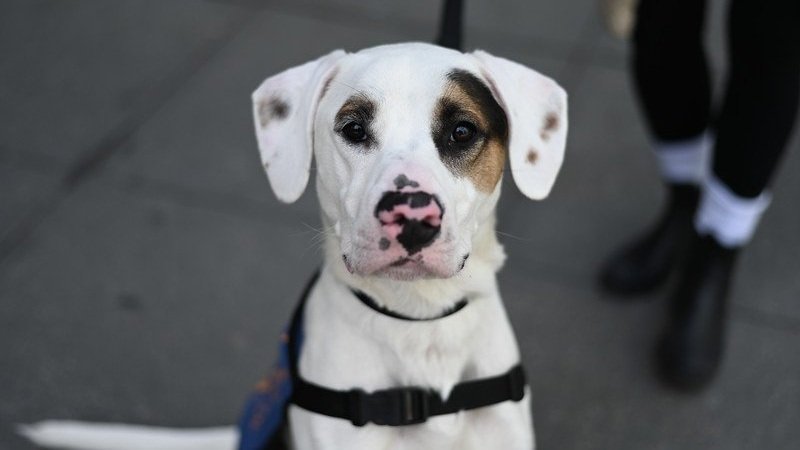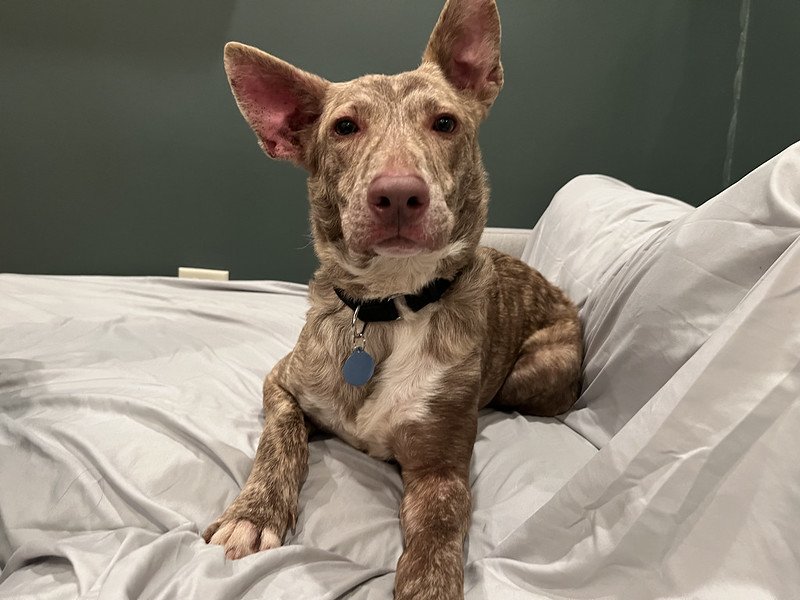Spay/Neuter: What You Need to Know
Why we alter
One core component of our mission at Muddy Paws Rescue is “ending unnecessary euthanasia of of companion dogs.” The ASPCA estimates that about 400,000 shelter dogs are euthanized in the U.S. each year. That figure is down from over 1 million dogs in 2011. Although part of that decline can be explained by factors like increased adoptions and increased rates of stray animals being returned to their owners (thanks to the advent of the microchip), no small part of the decline in canine euthanasias across the country is thanks to the wide acceptance of spaying and neutering as a part of pet ownership in this country.
Being committed to ending unnecessary euthanasia means that dogs who pass through our care, if not already altered, will be spayed or neutered, even the older dogs or dogs with medical conditions that have to be controlled before undergoing anesthesia.
What to expect when your foster dog has surgery
If a dog you are fostering needs to have a surgery done, your foster buddy will contact you to coordinate an appointment at one of our partner facilities that works for your schedule. Typically, the night before the surgery you will offer the dog no food after 10 pm or midnight, depending on the specific clinic’s policies. The morning of the surgery, you will drop the dog off at the vet clinic where the surgery is taking place, leaving them for the day and picking up later in the afternoon.
If you have never cared for a dog after surgery, the situation can be daunting: there’s a big plastic cone on their head; they may be acting oddly due to the anesthetic drugs they’ve received that day; there’s an incision, maybe a sizeable one. But thankfully the process is not as bad as it seems at first, and with a little understanding of what to look for, any dedicated foster can handle it.
The most important part of your job as a foster following surgery is to protect the incision as it heals over the course of about 10-14 days. Keeping the E-collar (aka plastic cone aka “cone of shame”) keeps the dog from licking at the incision. The inflammation that occurs after surgery can be very itchy, and a dog’s natural tendency is to lick what itches. Unfortunately, licking can introduce bacteria to the surgical incision, as well as moisture that can break down the stitches before it’s time. Just because your foster dog doesn’t lick immediately when you bring them home doesn’t mean they won’t do it in the middle of the night or when you’re not looking. (Seriously, keep the cone on!)
As your foster dog heals, you should also avoid baths, as this moisture too can dissolve stitches and introduce bacteria to the wound.
Last, minimizing excessive activity is helpful in making sure the surgical incision heals as quickly as possible. Muddy Paws dogs are not supposed to be taken to dog parks regardless, but any sort of high-intensity, off-leash running should be avoided, as engaging the abdominal muscles can generate enough force to pop open sutures.
In addition to protecting the incision, you may also need to administer medications to the dog, typically an anti-inflammatory medication for pain control. Occasionally, high-energy dogs may be given sedatives at the direction of a veterinarian.
If you have any concerns after your foster dog’s surgery, whether how the incision looks or possible side effects of the medications, please contact your foster buddy immediately so that they can alert our veterinary team!







